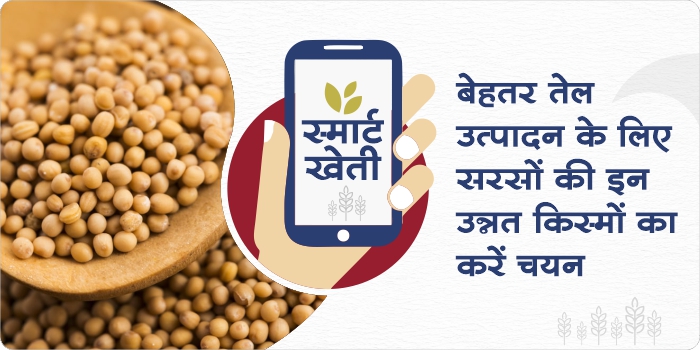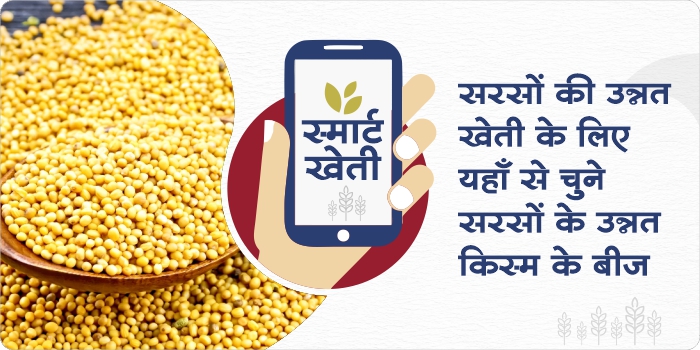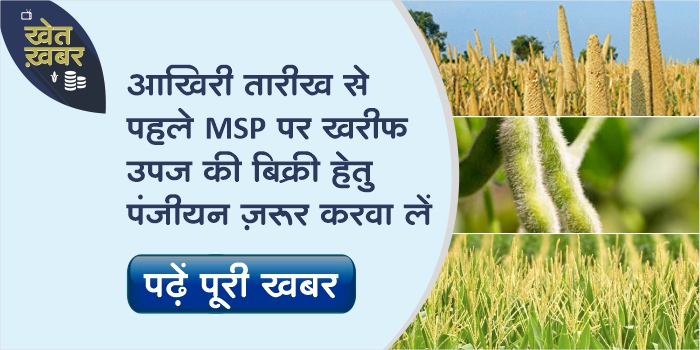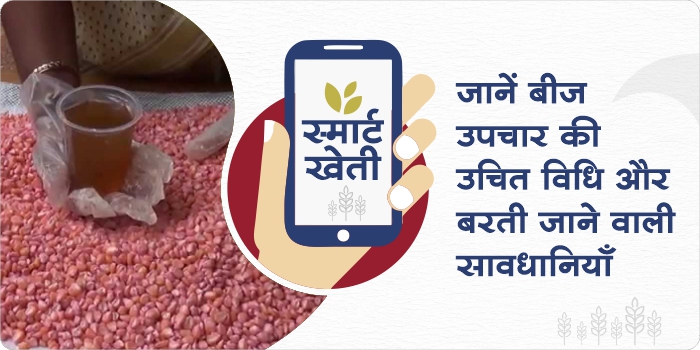Gramophone has joined hands with leading agrochemical company Dhanuka Agritech Ltd. With its expertise in the agricultural sector and world-class technologies, the company is endeavoring to increase its reach to farmers and provide them affordable solutions for their crops through the tech platform Gramophone.
However, this partnership will ensure the convenient delivery of agricultural inputs such as seeds, crop protection, and crop nutrition products through agronomy intelligence. Gramophone has also partnered with local young rural entrepreneurs to ensure last-mile delivery. Companies like Dhanuka are also collecting real-time data from farmers across the country. This will help in increasing their productivity by providing the best quality products to the farmers.
Share









